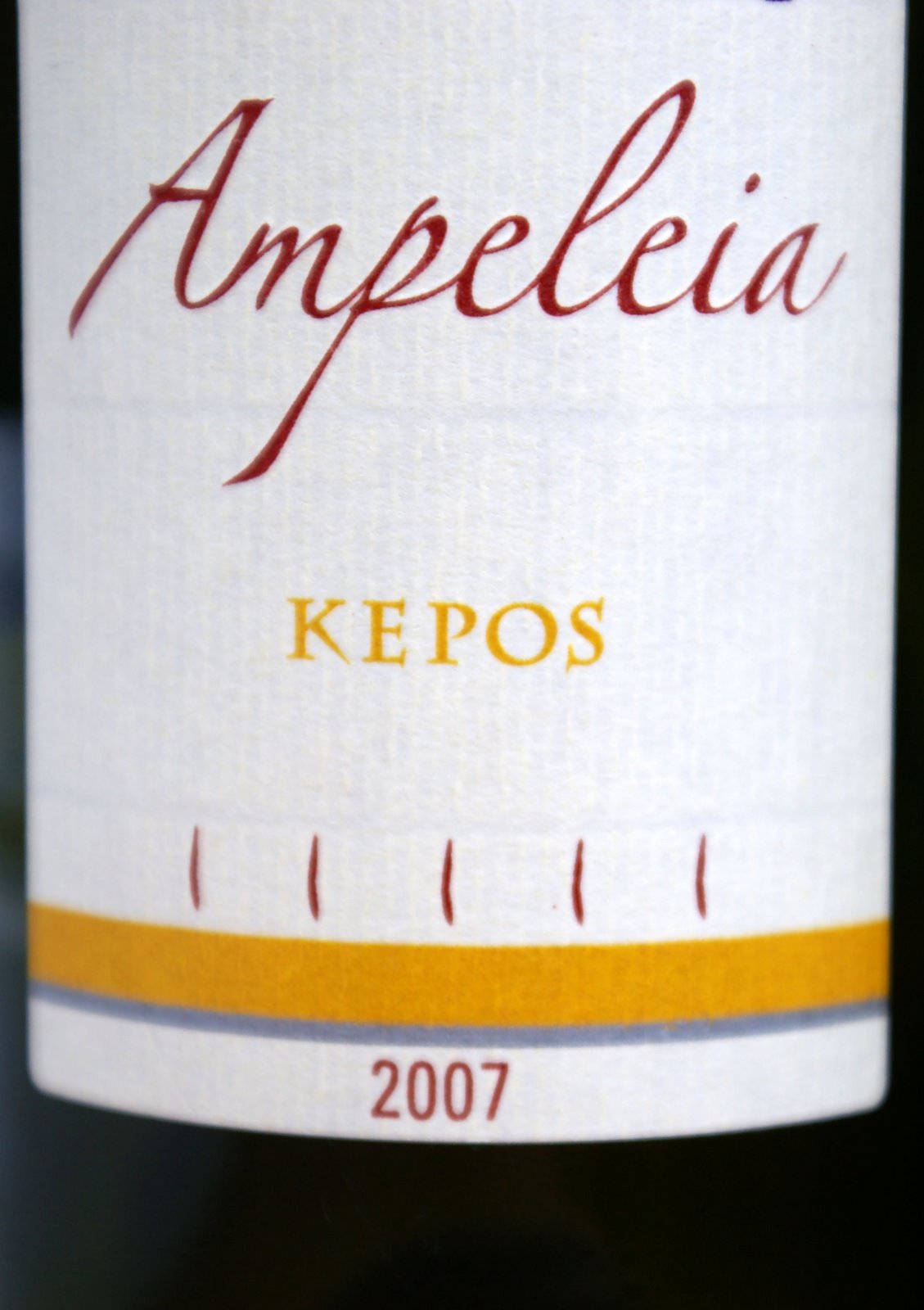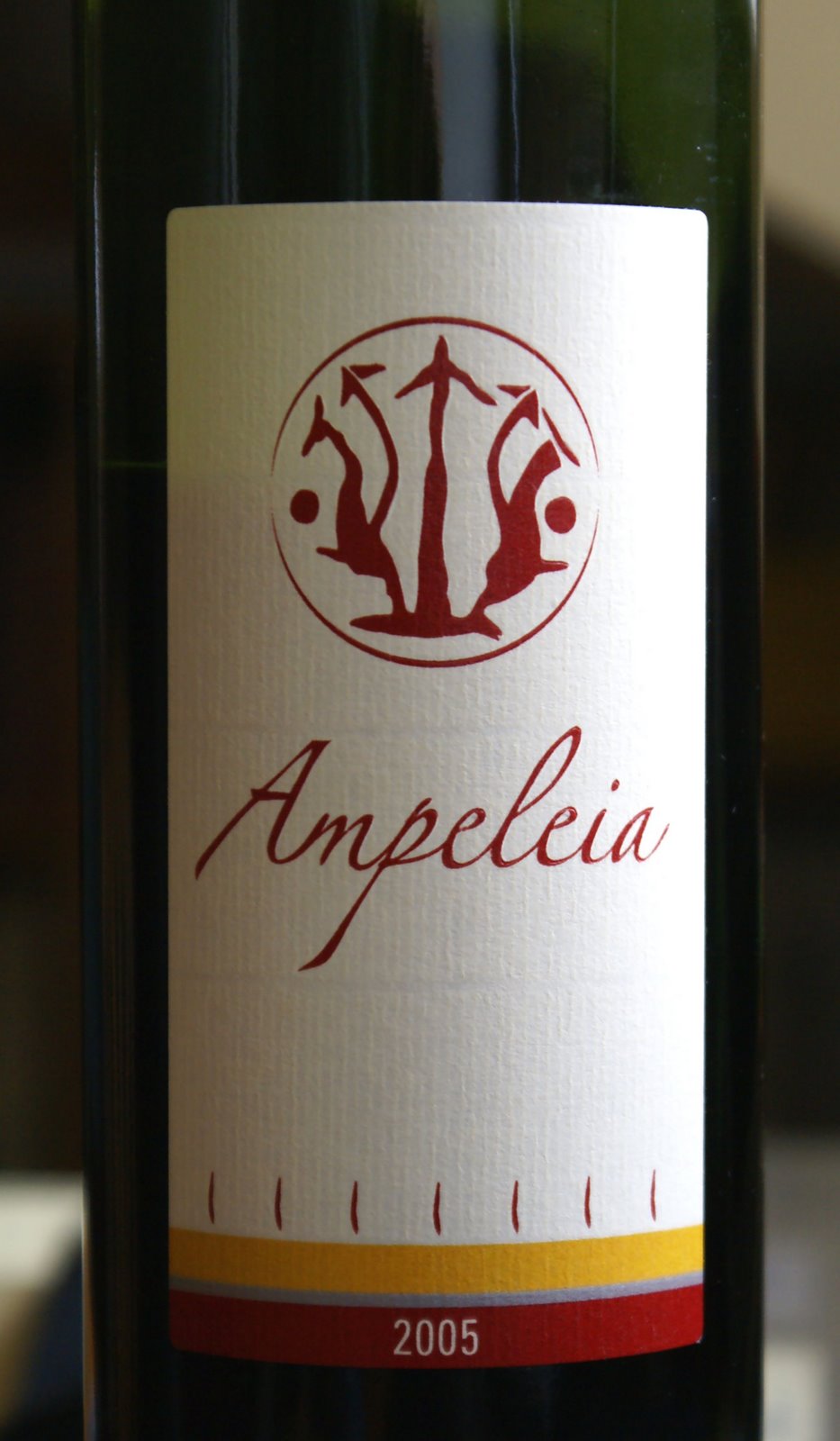New releases from Ampeleia
Posted on 23 July 2009
The mind behind the project is
Elisabetta Foradori, outstanding vigneronne from Trentino in northern Italy. So it’s no wonder the wines show a technical mastery, especially in their balanced extraction and deft use of oak. More importantly, however, the estate itself is really interesting. It consists of three blocks with an altitude ranging from 150 to 600 m. Combined with a fairly complex varietal composition – Sangiovese and Cabernet Franc dominate but there are bits of Mourvèdre, Grenache, Carignan, Marselan and Alicante (an ancient vine from the Maremma, usually associated with Grenache, and probably brought to these coasts during the Aragon rule of the western Mediterranean) – this allows for a balanced estate wine, avoiding the extremes of high-acid austerity (a danger in the higher-grown Sangioveses) and unstructured high-alcohol fruitiness (when Languedoc varieties are grown on low altitudes). It’s an example of reinterpreted (or man-made, if you prefer) terroir. Italians have a very good term: vino d’autore.I’ve followed this project since inception, and have been impressed by how quickly it reached an excellent cruising speed. The third vintage of Ampeleia – 2004 – already is a brilliant wine, deep, mineral, brooding, fruity and structured at the same time, with plenty of interest. (It’s an excellent vintage to breech now). Here I’ve had a look at the Ampeleia 2005. Dominated by 50% Cabernet Franc and aged in 40% new oak, it’s currently going through a dumb phase (in fact it was more expressive a year ago upon release) but there’s no denying the excellent quality of fruit. Although Sangiovese makes up only 30% of the blend, it’s quite present with a bitter cherry profile, and good sustaining minerality. There’s also quite some richness and concentration, and a distinctive pink-flowery scent that I find Ampeleia’s true hallmark. Tannins are ripe and acidity is not very high, confirming the Mediterranean architecture of this. My bottles will remain in the cellar for a few more years while I finish the 2004s. At around 25€, Ampeleia is really affordable compared to some more famous labels from the Maremma.
I’ve also tasted the second vintage of Ampeleia’s new ‘second-label’ wine, Kepos 2007. Upon release, I didn’t quite like the 2006, finding it excessively rich, a little flabby and macerative. This vintage is considerably better. It’s medium-bodied with a lovely transparent colour and a blissful nose of tulips and peonies, followed by impeccably clean raspberries and a juicy, clean, vibrant palate. Very good length, too. It’s best slightly chilled and enjoyed straight after opening with no excessive airing. I’ve also opened a bottle of the 2006 vintage to see its evolution, which I must say is for the better. I’ve been a little harsh to this wine in its youth. It’s not all that overripe today, if less flowery, more peppery and alcoholic than the 2007, and also more tannic. It’s ripe but not overripe, oaky but not overoaked, fruity but not ridiculous, soft but not flabby, and another well-vinified wine with plenty of content and seriousness. Kepos is also reasonably priced at around 16€. Based on the five ‘Mediterranean’ varieties (with no Sangiovese or Cabernet Franc), I wonder how its introduction will influence the blend of the main Ampeleia label.



